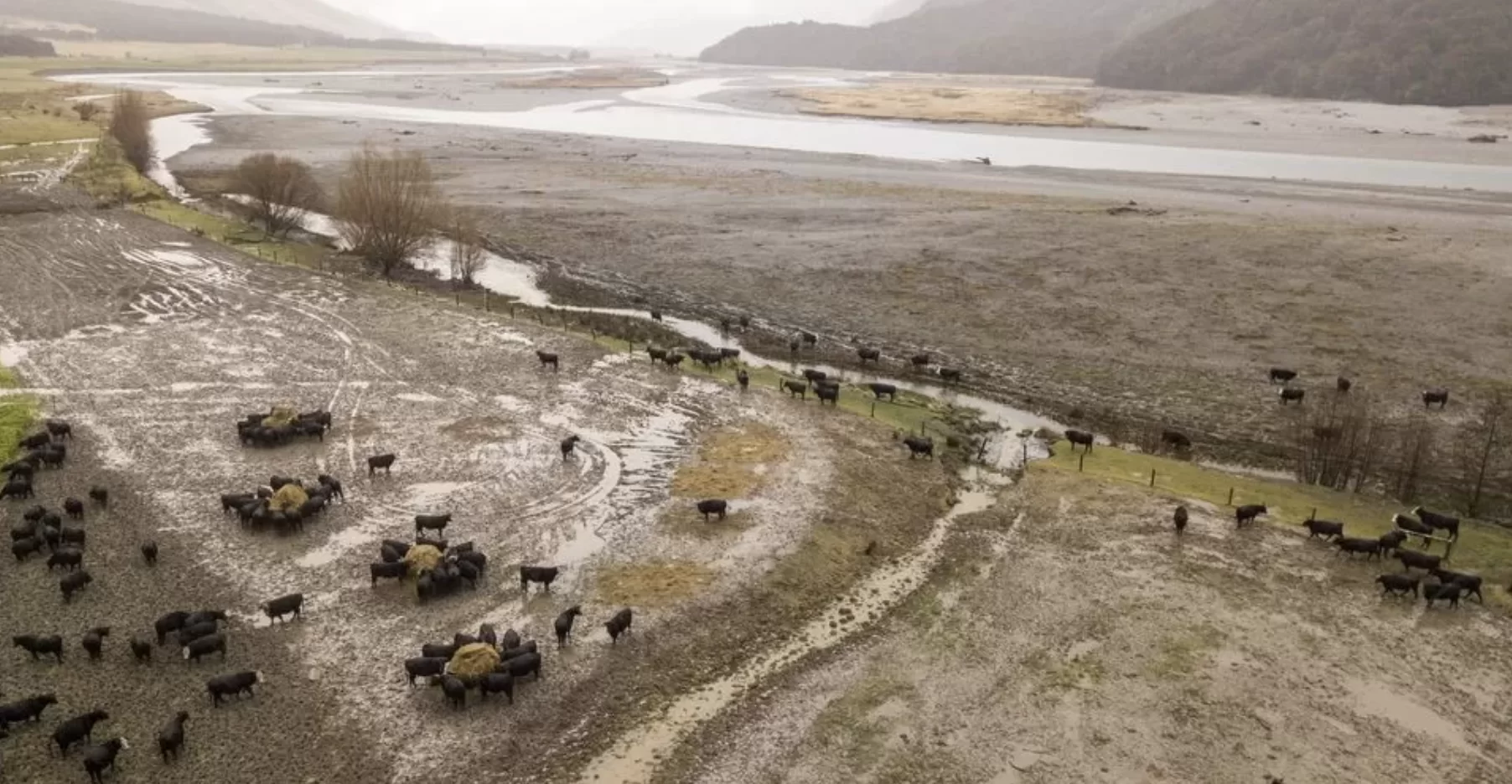
Unveiling the link: Animal agriculture and climate change
March 25th, 2024In the ‘big story’ of combating climate change, there’s a chapter that often goes unnoticed: animal agriculture. Unfortunately, without examining that chapter, the story doesn’t make sense.
Here in New Zealand, where agriculture is a cornerstone of our economy, the connection between animal agriculture and greenhouse gas emissions is undeniable.
Let’s look at how animal agriculture intertwines with the changing climate, here in Aotearoa:
The greenhouse gas culprits
It’s no secret that agriculture is a significant contributor to our country’s greenhouse gas emissions. In fact, nearly half of New Zealand’s total emissions stem from animal agriculture, with dairy farming leading the charge at 22.7%, closely followed by sheep farming and beef farming.
Methane and nitrous oxide are the primary villains in this saga, emitted largely through cows’ digestive processes and nitrogen breakdown in soils, respectively.
The methane menace
Methane, famously expelled through cow burps, is a potent greenhouse gas with a shorter atmospheric lifespan compared to carbon dioxide. This means that reducing methane emissions can have a more immediate impact on slowing climate change.
Yet, the agricultural sector seems to enjoy a free pass, with biological methane conveniently excluded from the government’s net-zero policies.
The dairy dilemma
Dairy farming emerges as the poster child of agricultural emissions, surpassing even our entire transport sector in greenhouse gas contributions. The staggering rise in emissions over the past three decades paints a grim picture of an industry expanding at an unsustainable pace.
With synthetic nitrogen fertilizers exacerbating the problem, dairy farming becomes not only a climate villain but also a leading cause of water pollution, jeopardising the health of our waterways and freshwater species.
The troubled waters of fish farming
Let’s not forget fish farming, an industry teeming with its own set of environmental woes. Intensive fish farming operations churn out excess nitrogen and phosphorus, leading to toxic algal blooms that suffocate aquatic life.
As temperatures rise, the threat of oxygen depletion in our waters looms larger, spelling disaster for marine ecosystems.
A call to action
The time for complacency is over. It’s our responsibility to demand accountability from our government and push for meaningful change.
We cannot turn a blind eye to the interconnectedness of animal agriculture and climate change, nor can we ignore the devastating consequences for our environment and future generations.
By holding policymakers and industry leaders accountable, we can weave a new narrative—one of resilience, stewardship, and a commitment to safeguarding our planet for generations to come.
Let’s rise to the challenge, New Zealand, and rewrite the story of animal agriculture and climate change—one that leads us towards a greener, more sustainable future.
